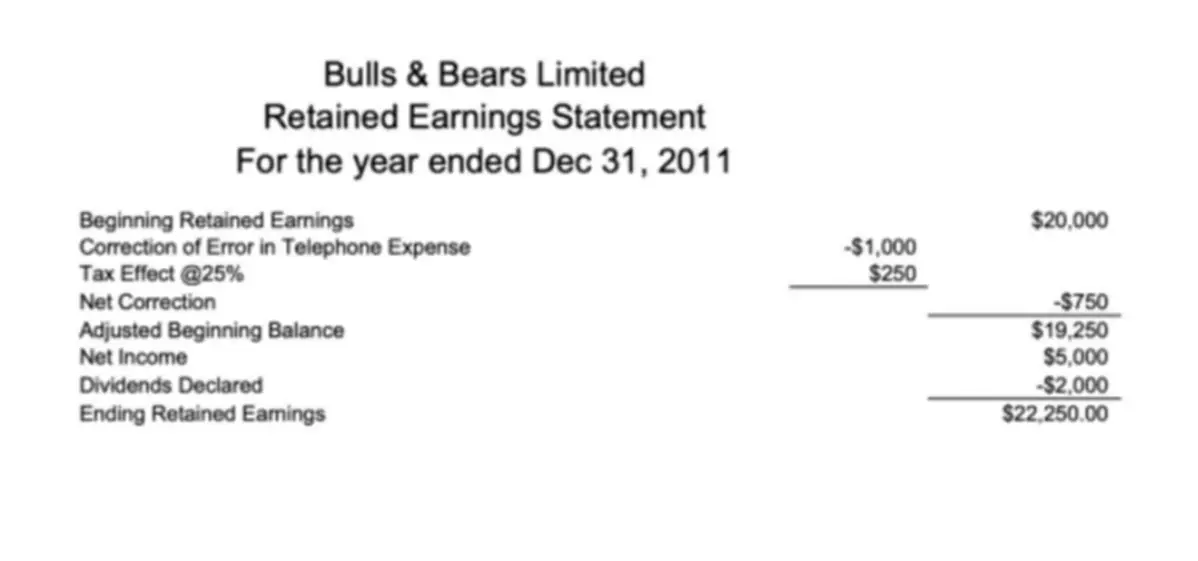Content

Business Case EssentialsThe complete, concise guide to winning business case results in the shortest possible time. For twenty years, the proven standard in business, government, education, health care, non-profits. For the role of accrual accounting in the double-entry approach, see Accrual Accounting. The Chart of Accounts as the organizing basis of a double-entry accounting system. The majority of business firms worldwide rely on double-entry systems, even though they are more complex and more difficult to use than the more straightforward alternative, single-entry systems.

Successful branding is why the Armani name signals style, exclusiveness, desirability. Branding is why the Harley Davidson name makes a https://www.bookstime.com/ about lifestyle. Strong branding ultimately pays off in customer loyalty, competitive edge, and bankable brand equity. Business Case GuideClear, practical, in-depth guide to principle-based case building, forecasting, and business case proof.
Tips for Insurance Agency Owners to Manage Accounting Efficiently
If Pacioli could visit a modern accounts department, he would recognize that his principles were still regularly applied in practice. He might be surprised by computers, but the basic core of accounting remains the same. Every business transaction has two effects or “changes” on an account. Gains and Losses – These accounts show how much money a company has gained or lost due to selling items for more than they were bought or buying items for less than their value. Double-entry is composed of 3 main parts, namely the debit, journal, and credit.

Accounting SystemAccounting systems are used by organizations to record financial information such as income, expenses, and other accounting activities. They serve as a key tool for monitoring and tracking the company’s performance and ensuring the smooth operation of the firm. For example, when people buy something, it becomes a debit from their pocket or bank account, but the product goes into their credit record as they receive it in return. Similarly, the shopkeeper records the amount on the credit side, and the product taken out of the inventory becomes a debit record. A bookkeeper makes the same entry in two places to reflect two different transaction scenarios. Every credit entry should have an equal and consecutive debit entry.
How to Use Double-Entry Accounting
The double entry system helps accountants reduce mistakes, it also helps by providing a good check and balance benefit. The double-entry accounting method gives you more complete information about a transaction when compared to the single-entry method, as each transaction consists of both a destination and a source. Double-entry bookkeeping is an accounting method where you equally record a transaction in two or more accounts. A credit is made in at least one account, and a debit is made in at least one other account.

In fact, debit does not mean that you have a debt to be paid back; neither credit means that you have money to receive. Even people who hate accounting recognize the importance of it. Born in 1494, when a Venetian Merchant, Luca Pacioli, in his “Summa de Arithmetica, Geometria, Proportioni et Proportionailta”, described for the first time the double entry-system. This practical manual gave official birth to a system that is still used in current accounting.
Double Entry: What It Means in Accounting and How It’s Used
Unlike double entry accounting accounting, a single entry accounting system — as suggested by the name — records all transactions in a single ledger. Double-entry bookkeeping is usually done using accounting software. The software lets a business create custom accounts, like a “technology expense” account to record purchases of computers, printers, cell phones, etc. You can also connect your business bank account to make recording transactions easier.
In the examples given above, you will note the words in bold – Asset, Liability, Expense, Income. The purpose of the diagram is to tell you when you should be debiting and when you should be crediting when you are identifying the two effects that result from every transaction. At the same time it also incurs a LIABILITY to the bank of $5,000 .
Debits and credits
When the LIABILITY is increased as a result of a transaction, it will be credited. Essentially, the principle is that for every financial transaction there are two effects – one debit effect and one credit effect. As you know, each time you record a transaction with double-entry bookkeeping, you need to create two entries. Single-entry bookkeeping is very different from the double-entry method.
- A receipt of $3,000 from Sam, the debtor, is recorded on the debit side of the Cash In Hand Account and on the credit side of Sam’s account .
- An addition to a liability account, for instance, is usually a credit, but to a contra liability account, the increase is a debit.
- Perhaps the machine was bought in exchange of another machine.
- To account for this expense claim, five individual accounts would be debited with a total of $6,499.
- Rather than being a system of recording and evaluating financial transactions, it was more like an individualized and somewhat ad hoc process.
- INVESTMENT BANKING RESOURCESLearn the foundation of Investment banking, financial modeling, valuations and more.


